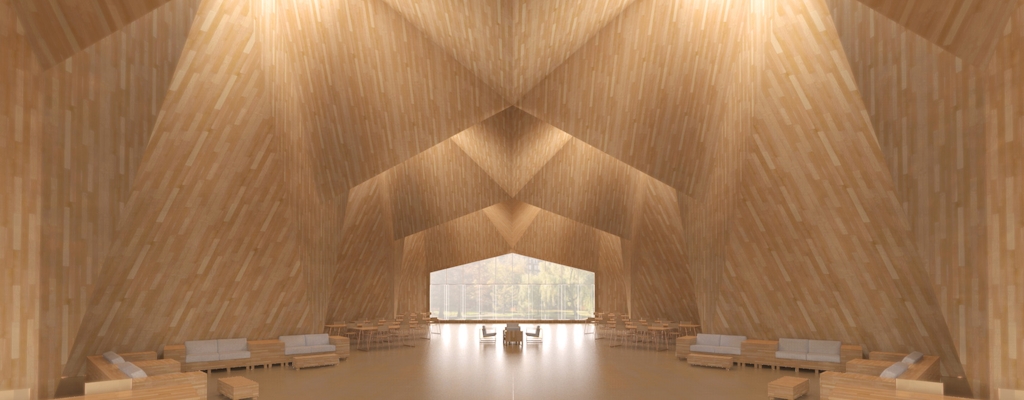Massive fires across the west. Three major hurricanes striking the United States in quick succession, including the most powerful Atlantic storm ever recorded. The first of the three—Hurricane Harvey—dropped 19 trillion gallons of water on Texas. To give a sense of scale, that would be enough water to raise the level of all of the Great Lakes by a foot.
As scientists have long predicted, climate change is driving greater extremes in our weather. And trees, a symbol of stability due to their long lives and durability, are both vulnerable in the face of climate change, and help to protect New Englanders from its worst impacts at the same time.
New England Forestry Foundation is working to address climate change with a three-pronged, tree-friendly effort:
- We’re working to make sure that forests are put to work in the best possible way to minimize the extent and impacts of climate change,
- We’re working to pilot the best approaches to addressing climate change on our own lands, and
- We’re trying to make sure forest landowners have the information they need to manage their forests well in the face of climate change.
Forests play a critical role in the climate system, a fact long recognized by climate scientists. All plants draw carbon dioxide out of the atmosphere and convert it to carbohydrates. Trees are unique, however, in storing large quantities of carbohydrates, and therefore carbon dioxide, as wood. The carbon dioxide stored in the wood of two medium-sized trees is about as much as is emitted annually by a typical car.
Sustainable Timber
NEFF helps counteract climate change simply by conserving forests—and their carbon-storing trees—but we also want to ensure the wood harvested from forests is used effectively to reduce climate change. To this end, our Build It With Wood program aims to increase the amount of wood used in construction. Using new engineered wood products like cross-laminated timber (CLT) instead of steel and concrete reduces carbon emissions in construction by about three fourths. Additionally, tall buildings made from CLT are just as strong, just as fire resistant, and just as resilient in earthquakes as buildings made with steel and concrete.
Build It With Wood staff members are working with other experts to make a strong scientific case for using wood, are partnering with innovative architects and developers to consider using wood in specific New England buildings, and are encouraging investment in new CLT mills here in New England. Curious about what CLT looks like? If you’re ever in the neighborhood of NEFF’s Prouty Woods headquarters, you can come see two small residences constructed out of CLT by Harvard Graduate School of Design students.
Landowner Collaboration and Outreach
NEFF is working with the conservation non-profit Manomet as part of their Climate Smart Land Network. The network is an alliance of landowners and managers working together to respond to the challenges posed by climate change. Manomet provides members with a monthly synthesis of up-to-date climate science research and information about how it applies to forests and forest management. Members meet periodically to share techniques and learn from each other’s experience.
NEFF also partners with the USDA Forest Service, the MassConn Regional Conservation Partnership, American Forest Foundation, and others to bring information about climate change to the families and individuals who own most of the region’s forests. We’ve trained foresters on climate impacts, developed outreach tools for landowners, and are now connecting these specially trained foresters with owners for woodland visits. These efforts are helping landowners in the MassConn region to practice climate-smart forestry. In the next twelve months, we’ll be carrying these approaches to new landscapes in New England.
Writing by Frank Lowenstein, mass timber co-working shed design concept by John Klein Design + MIT Mass Timber Design.


